Maara Pānui Takurua 2025
It’s been a long time since I wrote about the maara, a decisive moment of inspiration came recently when Heeni Hoterene came to talk MARAMATAKA at the Māoriland Hub.
Her introduction to Maramataka Māori included simply sharing the whakapapa of her mahi and an introductory explanation for this cultural wisdom in kai production and fortitude, an important tool in a changing world. Heeni has a deep long personal journey, and her depth of knowledge and joyful way of sharing was delightful. The evening for me amounted to a confidence-building ‘give it a go’ and gaining the ‘how to’ knowledge to actually make a start. So I got myself an official Heeni MARAMATAKA MĀORI calendar/year planner, and daily diary notes have begun. I am excited to delve a little deeper into Maramataka Matauranga Māori, and see what transpires. Thus far, my diaried days and maramataka wisdom resonate weirdly, I have diaried without reference to the chart, then on cross referencing I have been surprised at the ‘coincidence’. I am feeling like I am embarking on an important learning journey.
Certainly, in the maara kai in years gone by, I have seen the fantastic abundance of planting seedlings on the ‘right’ dates, even fussy parsnips spring up in abundance on the impending full moon! I have also wasted seed with a determined planting regardless of ‘wrong’ maramataka dates only to find nothing came up.
Our Māoriland Maara is a space for growing fresh healthy kai. Winter is abundant with some absolute favourites like tasty Miners lettuce, which springs up with the Takurua makariri each year. Miner’s lettuce is recorded to have been brought to Aotearoa by Chinese gold miners, it originates in North America and was a staple of gold miners in America, its high vitamin-C content preventing scurvy, another nutritional benefit being the goodness of Omega-3.
Our regular wild Miner’s Lettuce springs up in all sorts of nooks and crannies in the maara, complementing all the other salad greens. We also have leeks, broad beans, Florence fennel, cabbages, kale, cauliflowers and broccoli, carrots and spinach, potatoes, rainbow chard and silverbeet, beetroot and parsnips in the kai beds. The kumara crop has been shared out.
As well as kai, I try to create beauty with a slightly wild feeling, to manaaki visitors in a ‘relax and enjoy’ way. We make our fresh-grown kai available to our Māoriland whanau, and our wider community via the Kaibosh table.
If you are local, look for us outside Toi Matarau, on Main Street. We partner with Kaibosh to make food that is excess to industry requirements available to our community free, in an easy supportive social space. When we get abundant doughnuts our Ōtaki tamariki give us a great deal of joy as they collect to share!
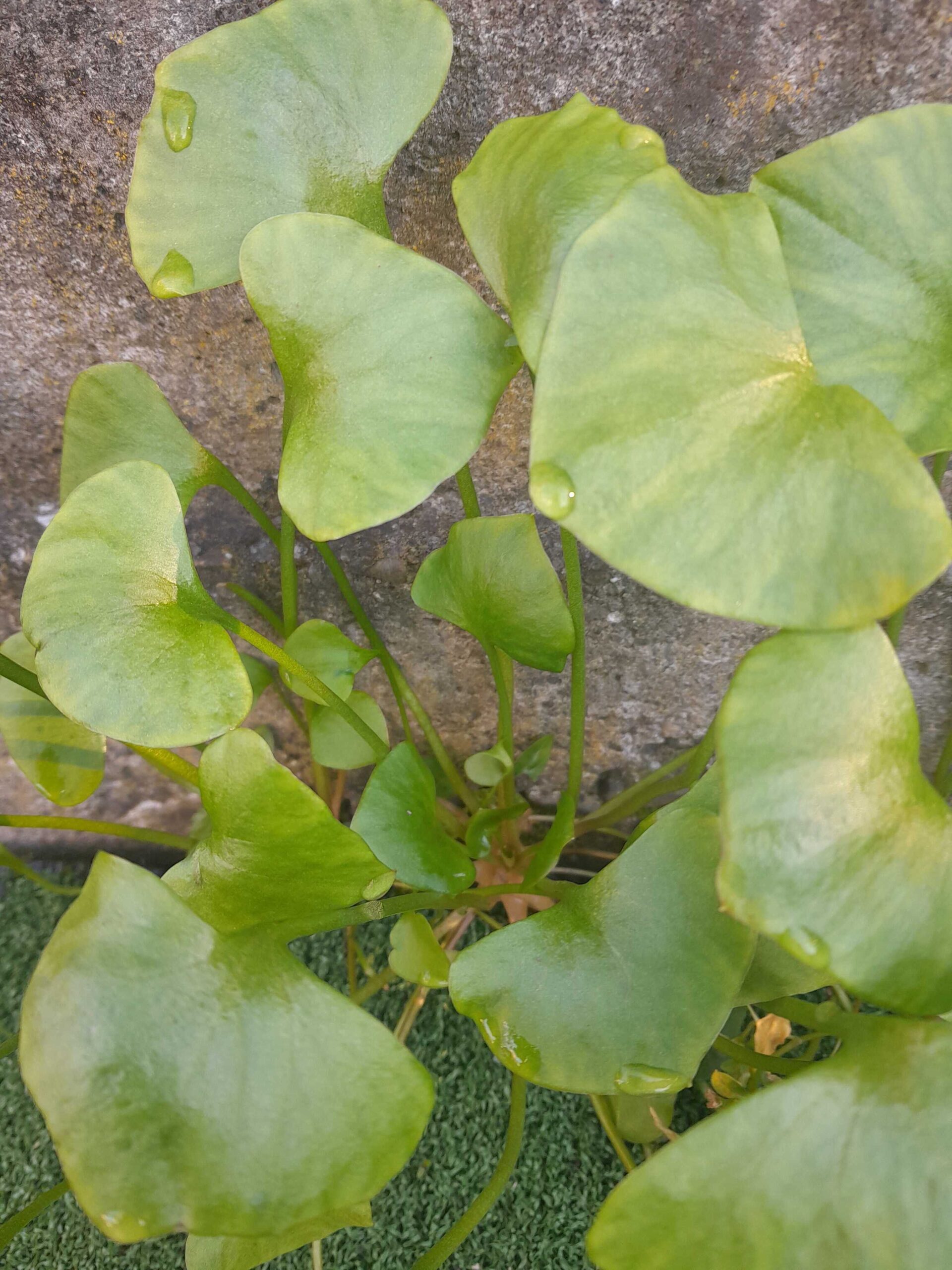
If you do see the kai available at the front of Toi Matarau, know you are welcome to take what you can use and leave some for others too. My sincere thanks to Sean, an incredible organic grower, at Common Properties, who consistently supports our maara kai with beautiful organic seedlings. Thanks too, to the generous people who come and help in the maara regularly.
In the Hongongoi winter sunshine, I have found super-star permaculture gardener Kath Irvine’s tip (check out her edible backyard site for more tips, it’s great) winter slowdown can be a good time to review the maara space and make changes that aren’t possible in the busier growing seasons. I have been transferring our resilient and spreading violets and wild strawberry plants to edges where grass tends to take over. I am anticipating these bright and edible borders with glee! It feels like an optimistic detail that is
Somehow comforting in mid-winter. Violets in the maara are another winter highlight.

Ōtaki Violets, were grown in backyards all over town. Our Māoriland violets come from stock grown by whanau and handed down at least four generations. “Famous Ōtaki Violets” feature in Papers Past (Evening Post 21 June 1916), “at a shilling for 100 blooms” this was good business, and some people made a living out of these sweetly scented putiputi. Ōtaki violets were formed into bunches and sold from baskets at Wellington Railway Station.
Rongo, Atua of cultivated crops, carved for our Maara by Clara Hakaraia, pictured with Chillies from a South American perpetual chilli plant given to us by the Ōtaki Womens Club, this baby seems to be thriving staying warm & dry in our ‘lighthouse’ hot-house by Jane Hakaraia.
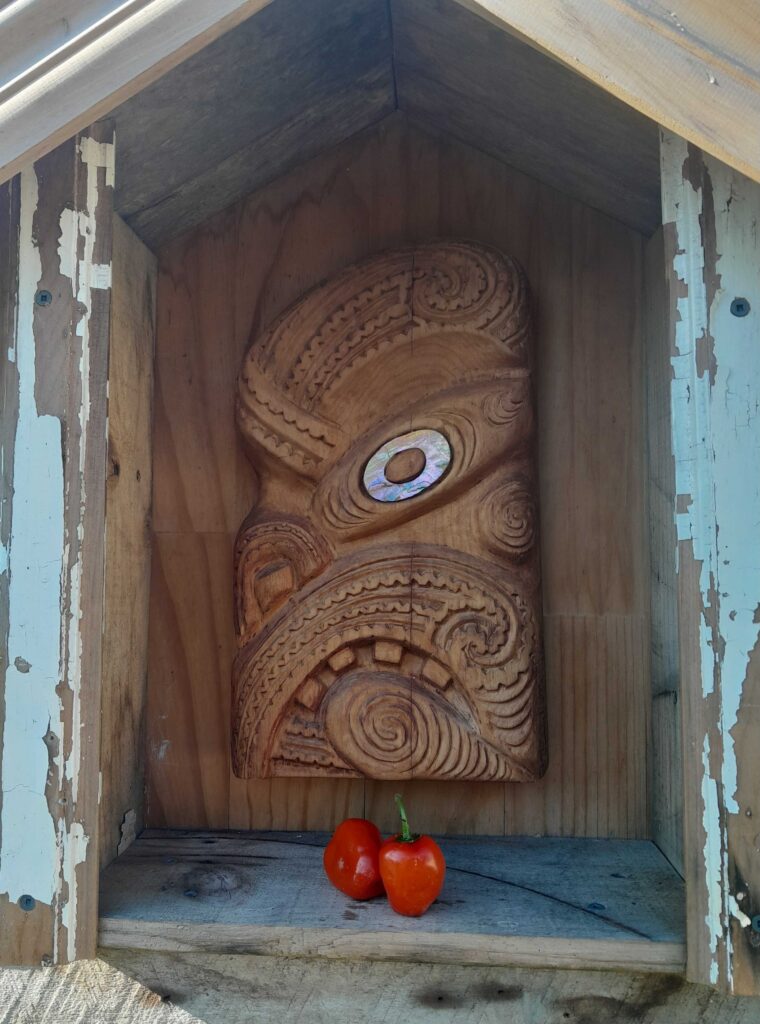
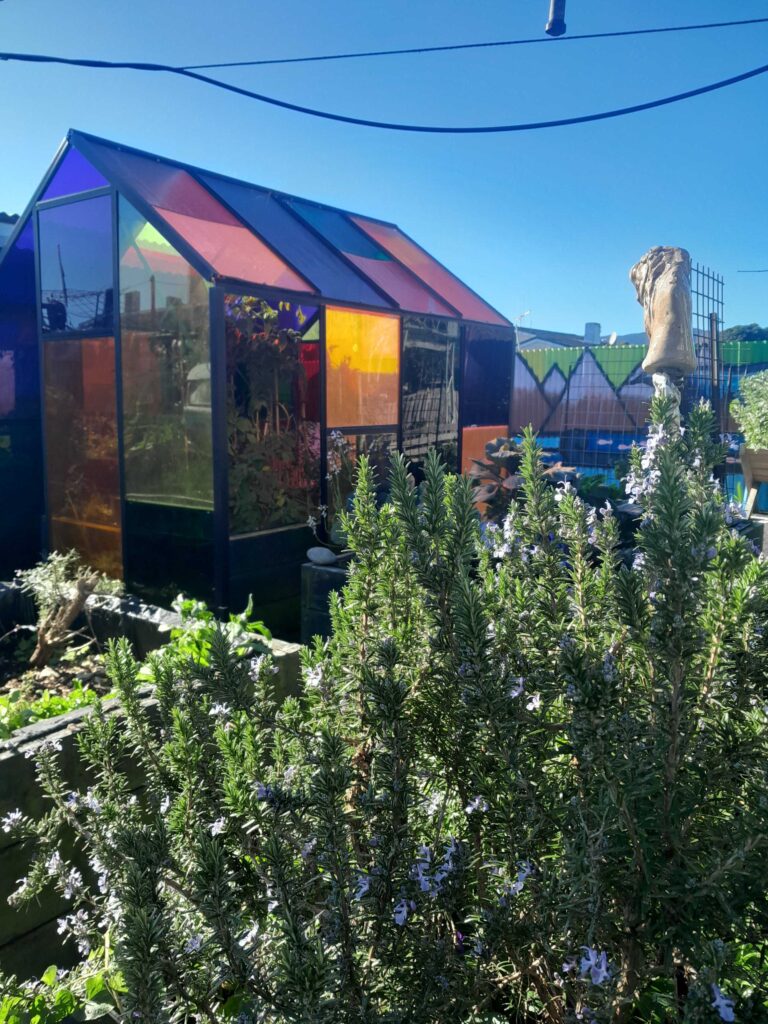
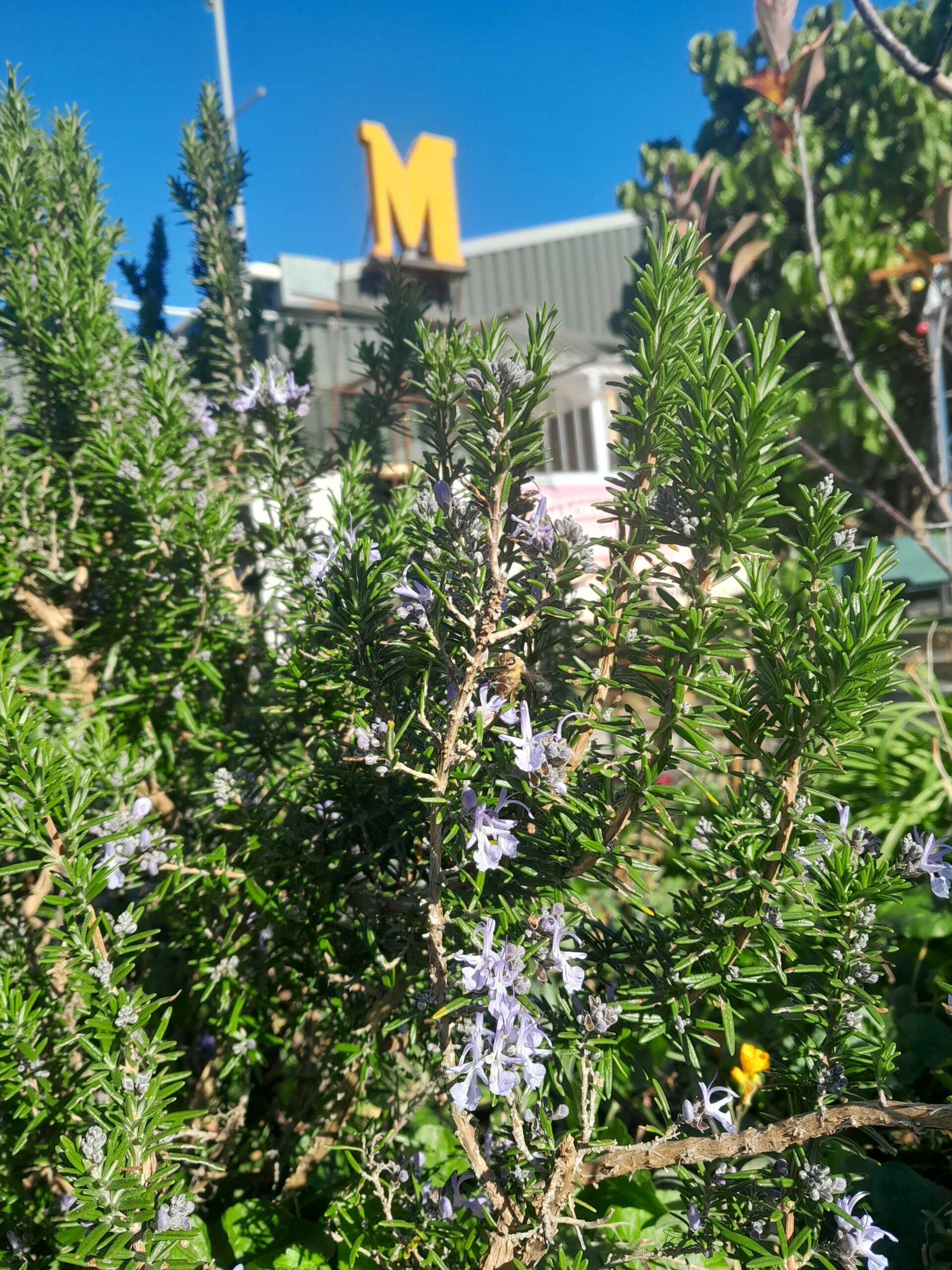
Māoriland is a Bee friendly maara. If you look hard at the centre of the rosemary image there is a winter bee. Do plant for, and love, your pollinators, all year round.
I am excited to observe that gradual lengthening of the days that is beginning to happen. Tania and I are talking about events we want to run in the Māoriland Hub space, we will beg favours of the amazing techy comms crew who will create beautiful announcements, we look forward to seeing locals out at the Kaibosh table or at an event in spring.
Ka kite
Elishka
